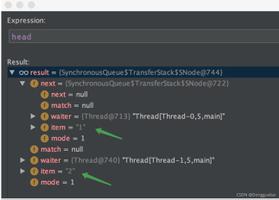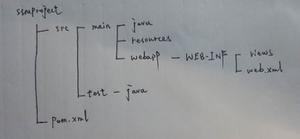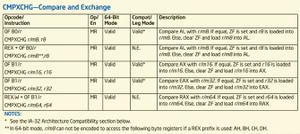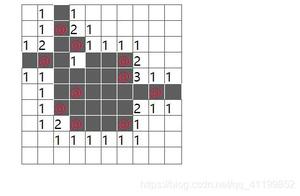[java] 简单的ConcurrentHashMap

ConcurrentMap和Guava的LocalCache实现原理相近,底层的存储方式使用的时table方式来存储。这里使用最简单且最暴力的方式,在每次访问的时候均加锁。
ConcurrentHashMap接口:
public interface ConcurrentHashMap<K, V> { public V get(K k);
public void put(K key, V value);
public void putAll(Iterable<MapEntry<K, V>> kIterator);
public V remove(K k);
}
MapEntry:
public class MapEntry<K, V> { private K key;
private V value;
public K getKey() {
return key;
}
public void setKey(K key) {
this.key = key;
}
public V getValue() {
return value;
}
public void setValue(V value) {
this.value = value;
}
}
SimpleConcurrentHashMap接口:
import com.google.common.base.Preconditions;import com.google.common.collect.Maps;
import java.util.HashMap;
import java.util.Iterator;
public class SimpleConcurrentHashMap<K, V> implements ConcurrentHashMap<K, V> {
private final HashMap<K, V> cache = Maps.newHashMap();
public SimpleConcurrentHashMap() {
}
@Override
public V get(K k) {
Preconditions.checkNotNull(k);
synchronized (cache) {
return cache.get(k);
}
}
@Override
public void put(K key, V value) {
Preconditions.checkNotNull(key);
Preconditions.checkNotNull(value);
synchronized (cache) {
cache.put(key, value);
}
}
@Override
public void putAll(Iterable<MapEntry<K, V>> entryIterable) {
Preconditions.checkNotNull(entryIterable);
Iterator<MapEntry<K, V>> iterator = entryIterable.iterator();
while (iterator.hasNext()) {
MapEntry<K, V> next = iterator.next();
this.put(next.getKey(), next.getValue());
}
}
@Override
public V remove(K k) {
Preconditions.checkNotNull(k);
synchronized (cache) {
return cache.remove(k);
}
}
}
以上是 [java] 简单的ConcurrentHashMap 的全部内容, 来源链接: utcz.com/z/389648.html









